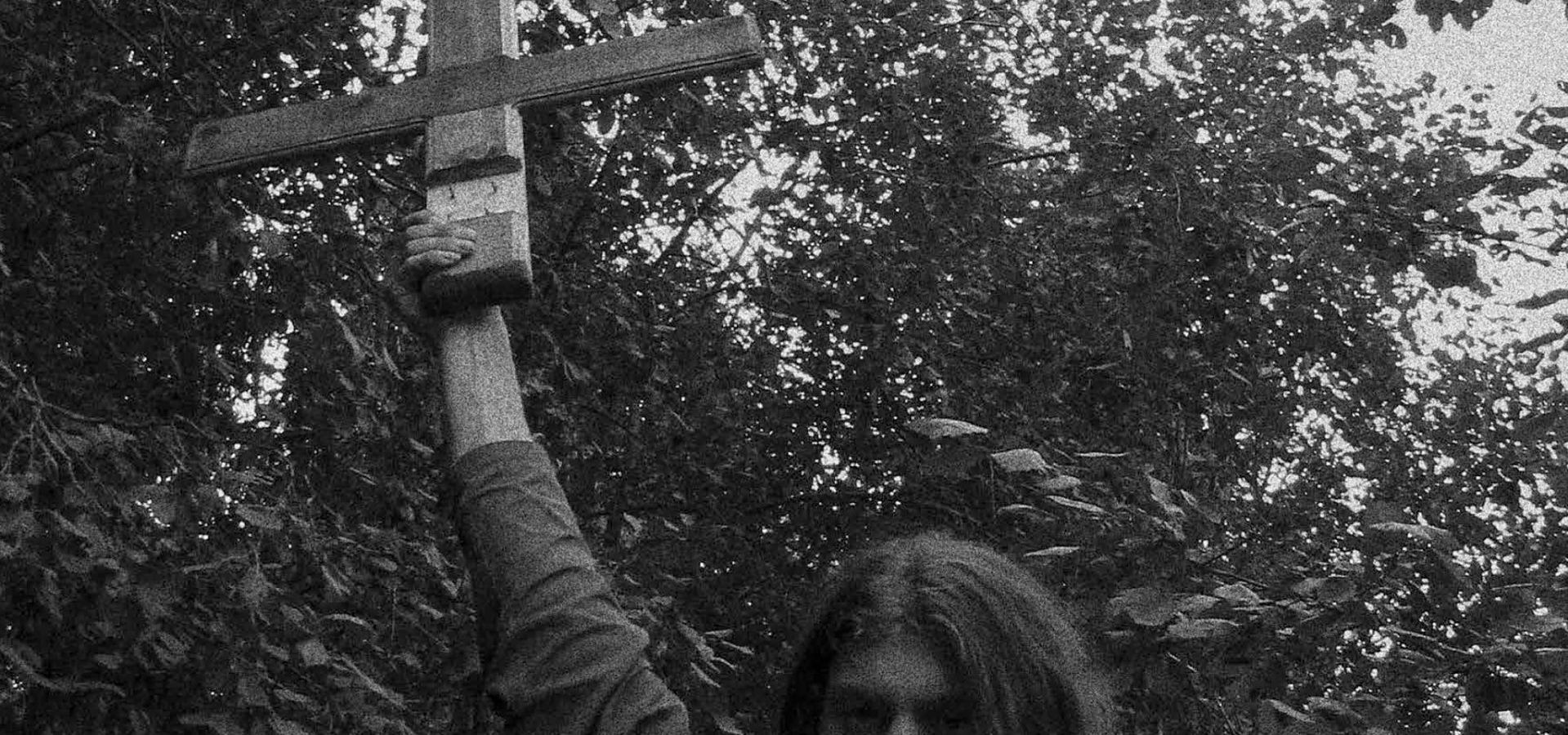
The Eeriest Photo Book of the Year: Reconstruction of a Ritual Killing in Yaroslavl
— If you do not read Russian crime chronicles or yellow press, you might have missed the story of the Yaroslavl satanists, as I have.
This story is disgusting, obscene, terrifying, and incomprehensible, but it is impossible to turn away from it. Like burdock, it sticks to you, no matter how much you want to get rid of it. And you can’t just discard it — so you turn it into a project.
That’s what Vasiliy Kolotilov from Kirov (in his own words, “just another Yaroslavl”, where the four children who died and their killers lived). His book is a brilliant work and a possible source of my future nightmares.
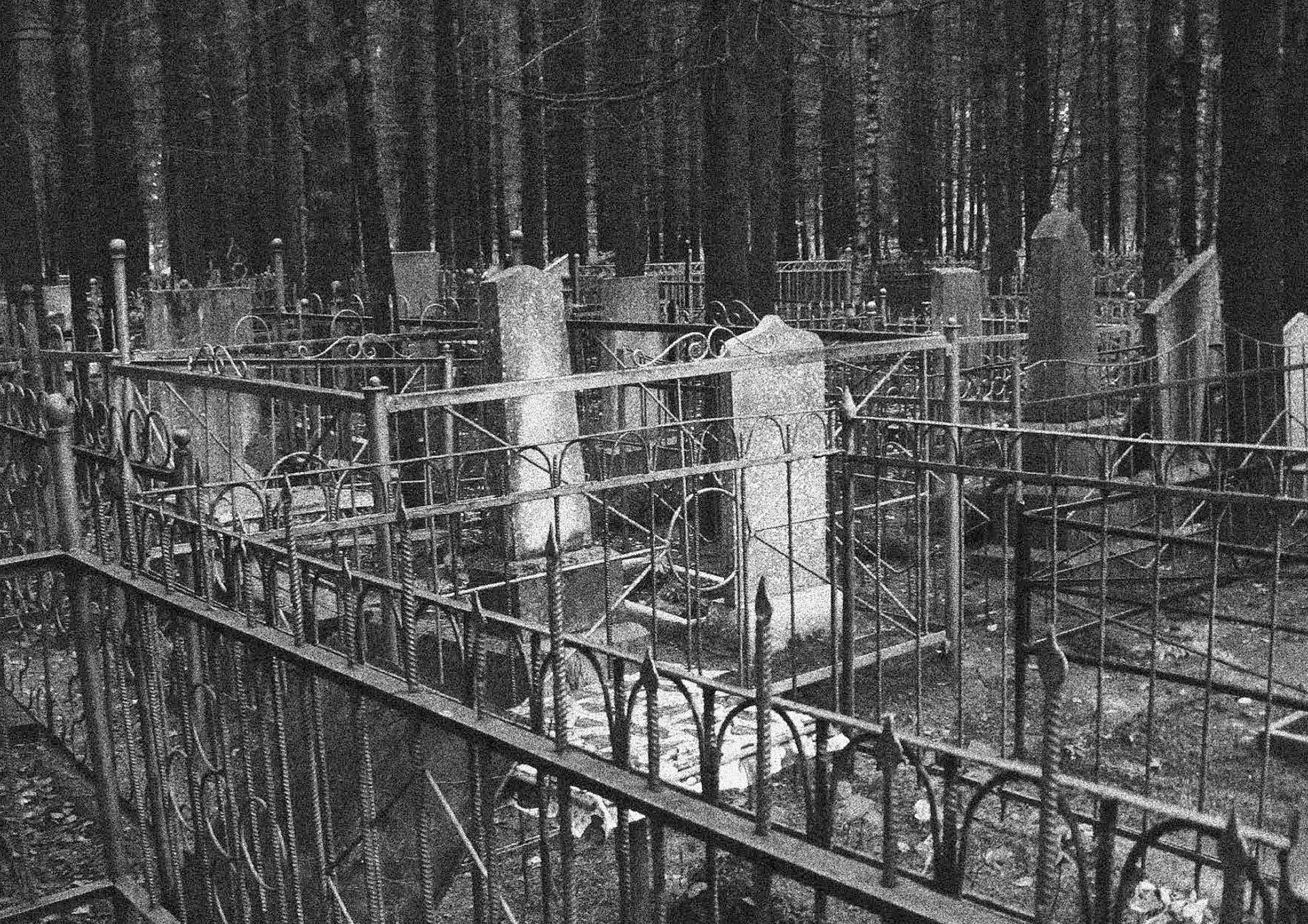
The first question is, did the things described in the book really happen? Most probably, yes — there are many sources to prove it. At the same time, the content of the book is almost entirely fictional: the photographs don’t directly report the story, as it usually happens in documentary projects. This is a reconstruction — a genre that gained momentum shortly before the killings took place.
The first in this genre were undoubted hits: Redheaded Peckerwood by Christian Patterson (a minimalistic reconstruction of a ‘Bonnie and Clyde’-like criminal drama) and Afronauts by Cristina De Middel (a fun half-fantasy about space exploration by a poor African country, with costumes handmade by the author’s grandmother and a fish tank playing the role of a space suit helmet). In both cases, it would have been impossible to tell the story directly — there are too few real sources. That’s why the authors resorted to a method that has been used in documentary cinema for a while: a story about real events is told with the help of a visual sequence that is only relatively connected to the story. We are showing the place of the events, but after years have passed. Objects, costumes, and the action itself all need to be recreated — or shown through news footage of that time.
And that is what Vasiliy Kolotilo did. The story about satanists is personal for him: at about the same time, he lived in a similar provincial town, listened to the same music, and dressed in a similar way — meaning that he belonged to an underground culture, as most young people in search of something at that time. A similar killing could have been carried out by somebody he knew.
A similar killing could have been carried out by somebody he knew.
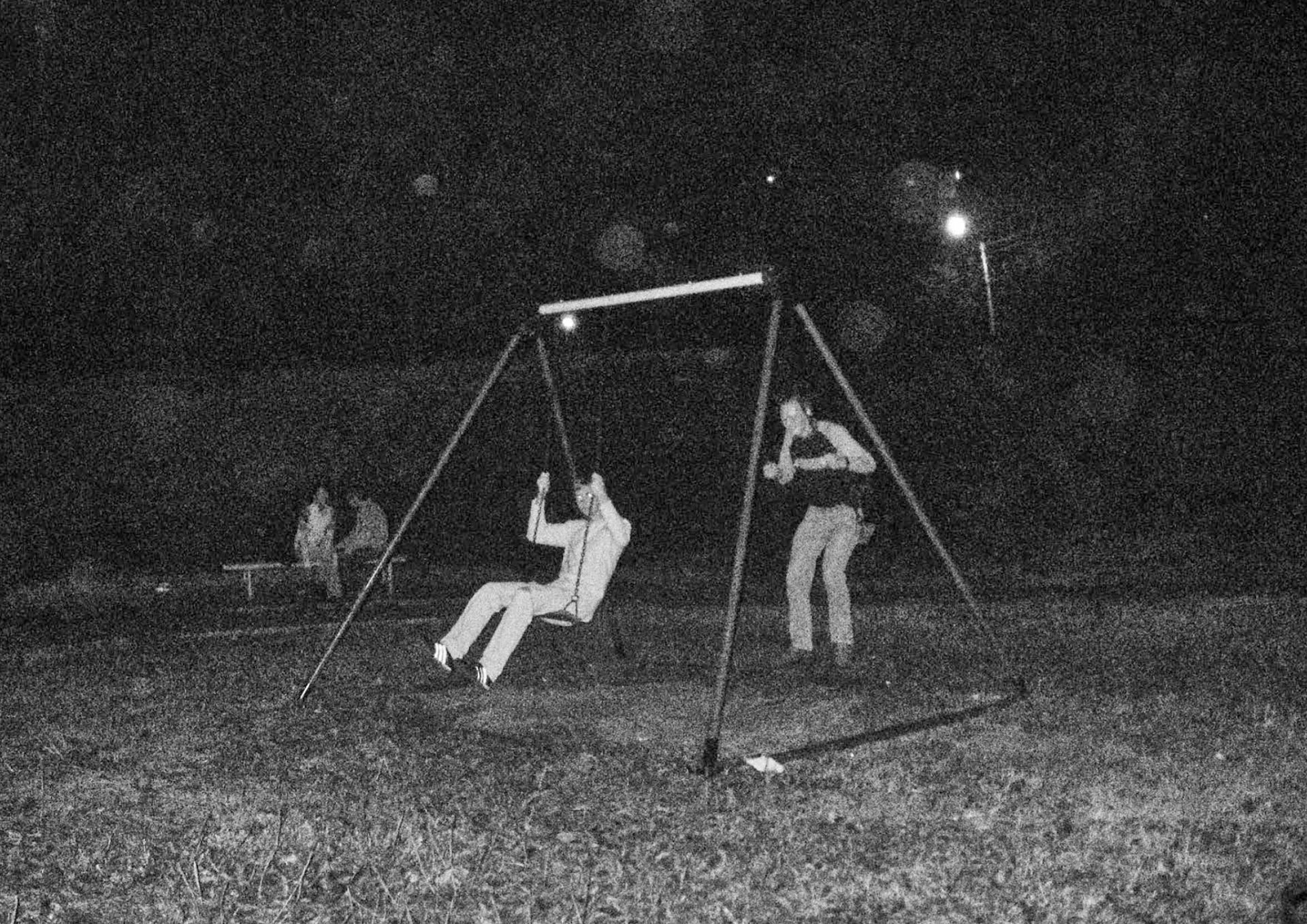
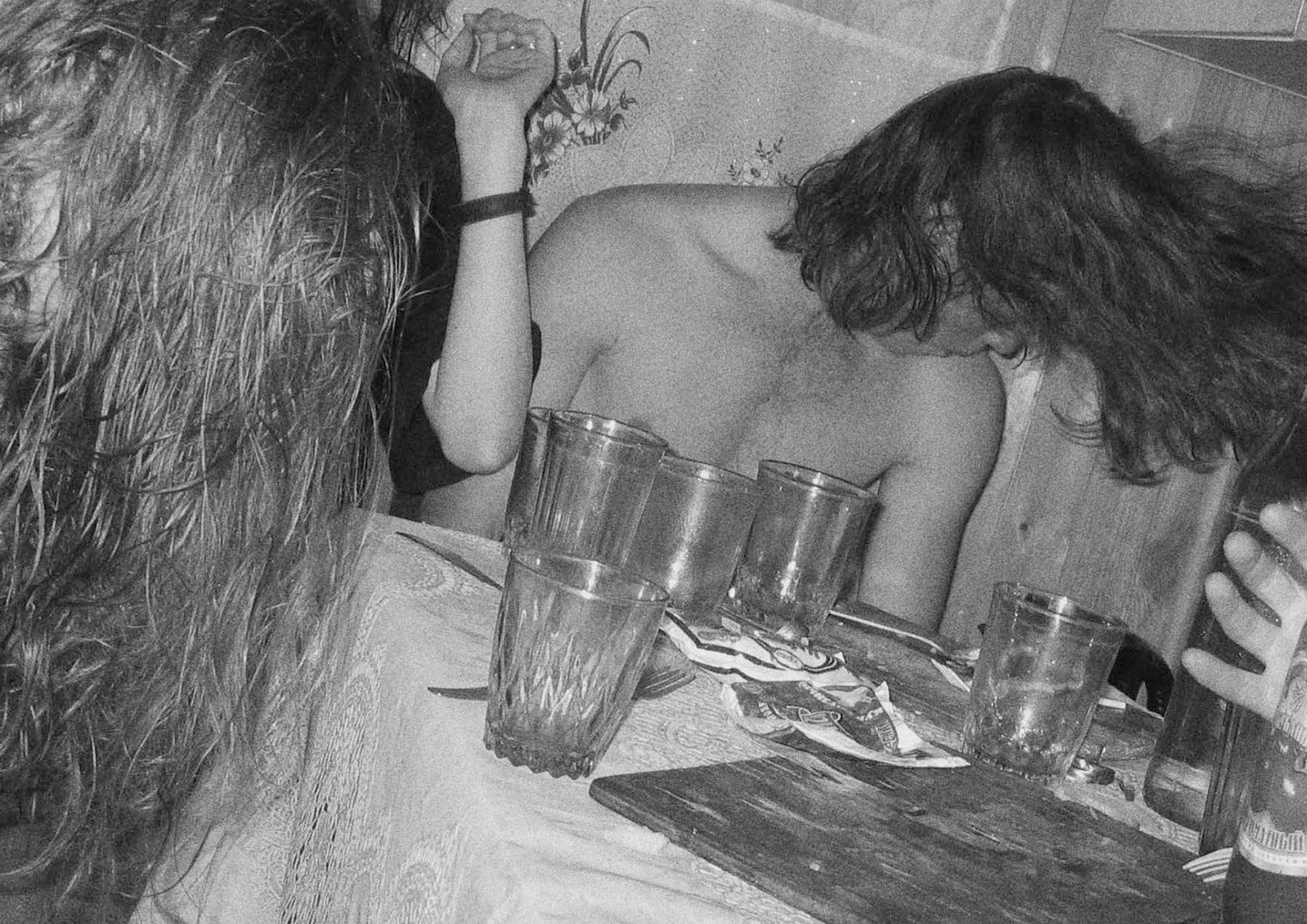
Vasiliy illustrates the story with photographs from persona archive: a regular house, stools, and carpets. Everything is too mundane to become a scene of such a horrid crime. Blood, skin, hearts ripped out, leg cut off — I don’t want to think about it, but my mind wanders there.
The viewer does not yet know why they are looking at these black-and-white seedy images of mundanity and color polaroids with mysterious numbers. The atmosphere is becoming more loaded, but there is no release — at least, not in the pictures. The text with the explanation is left for the end and it is impossible not to read it.
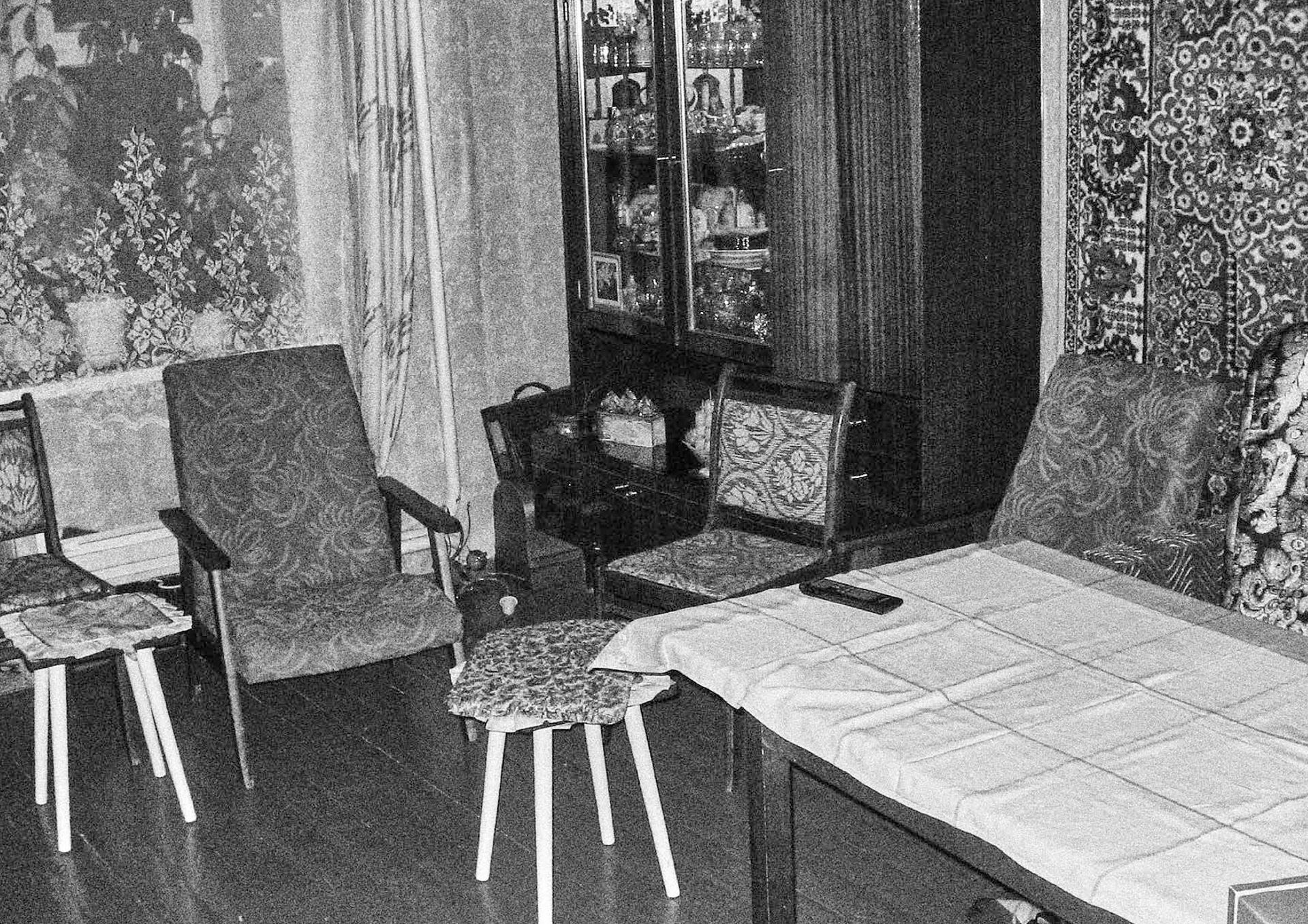
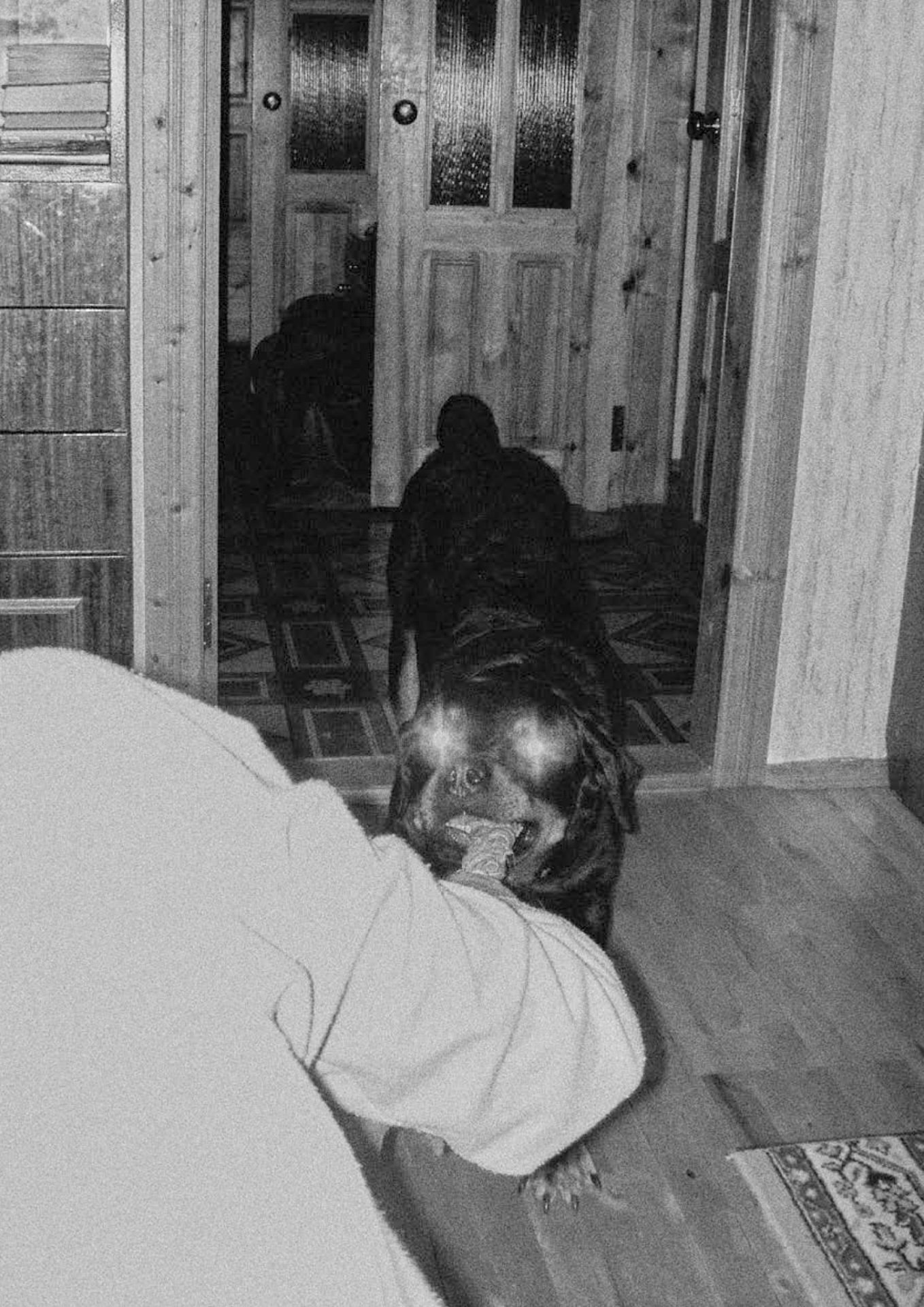
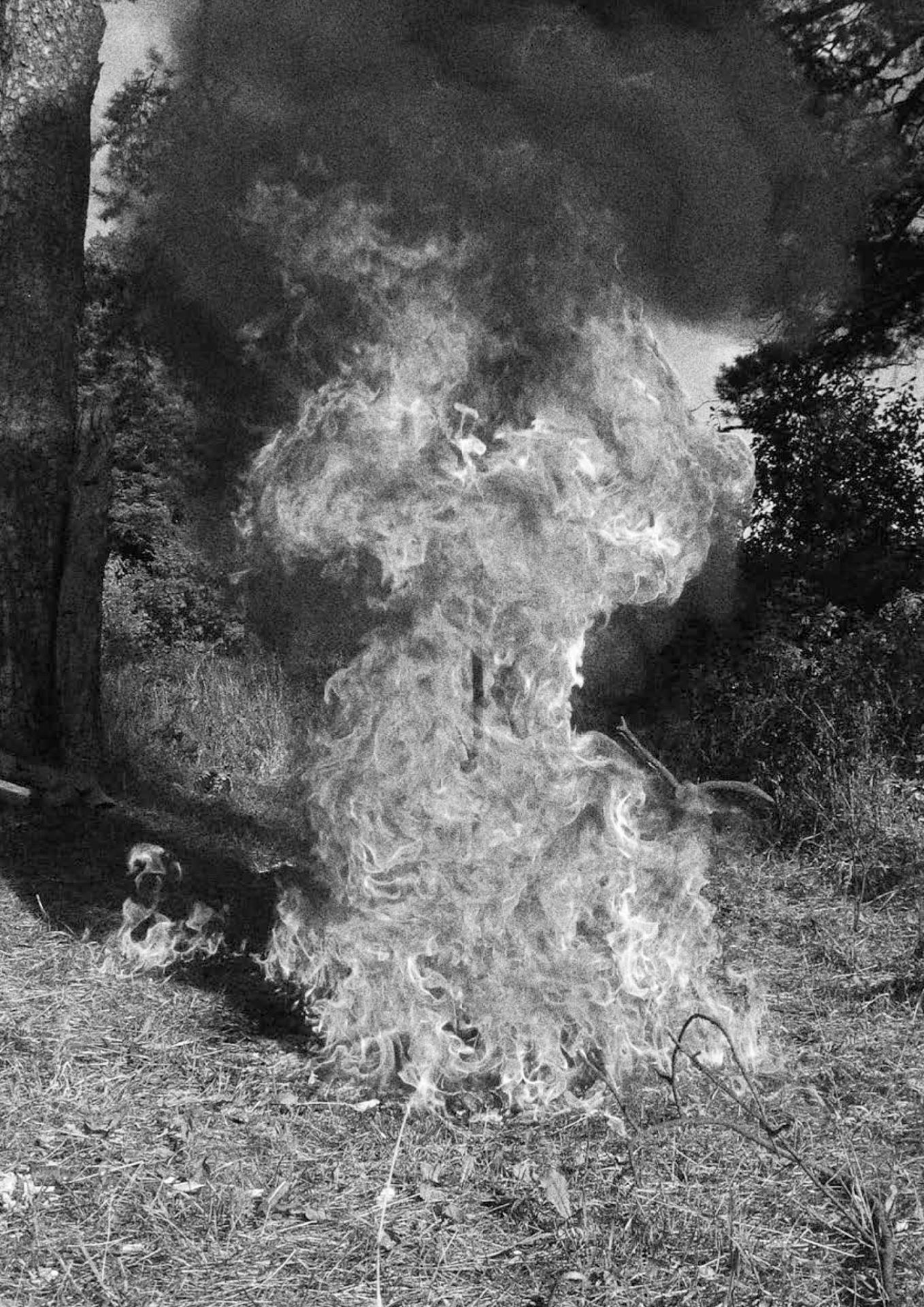
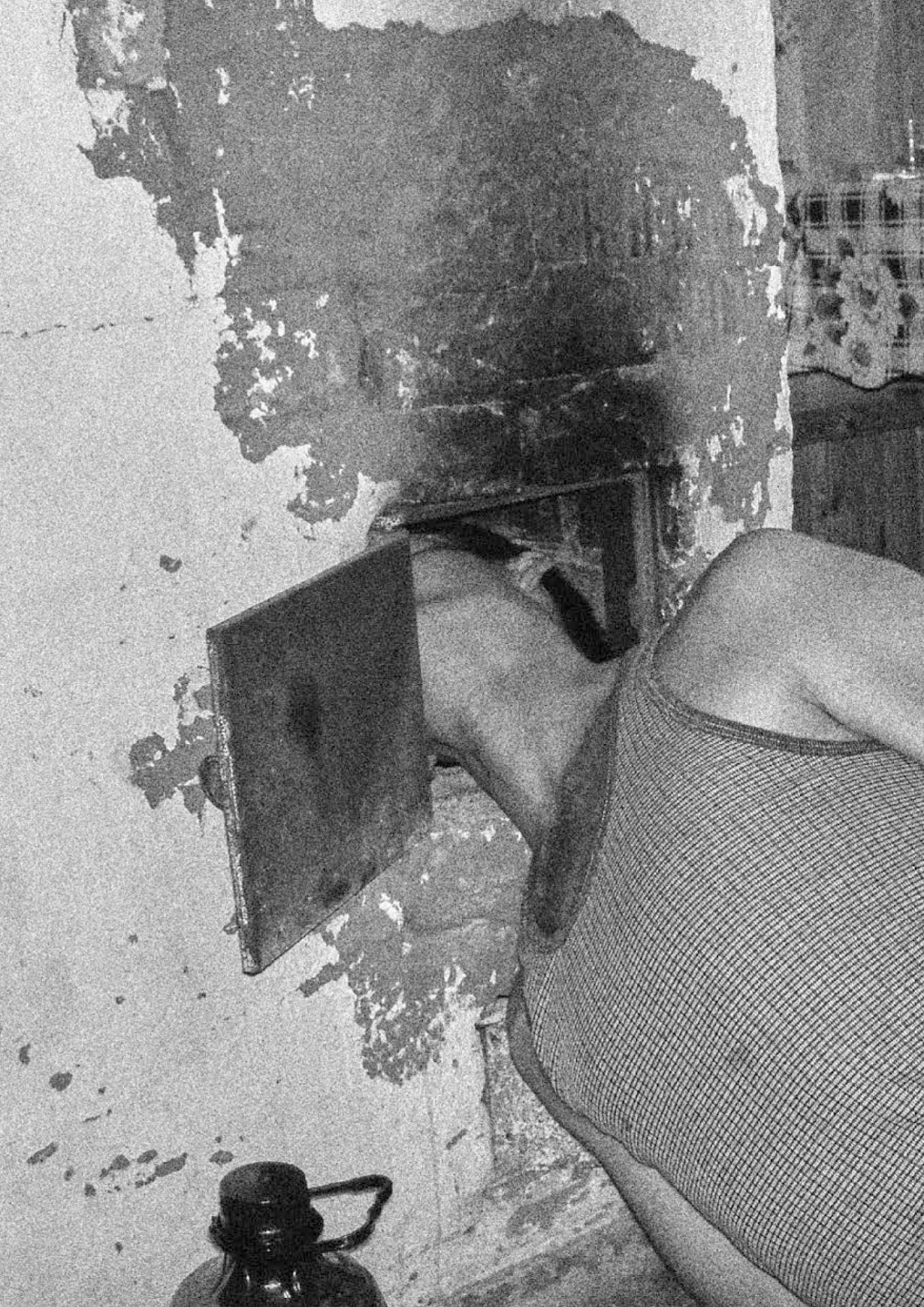
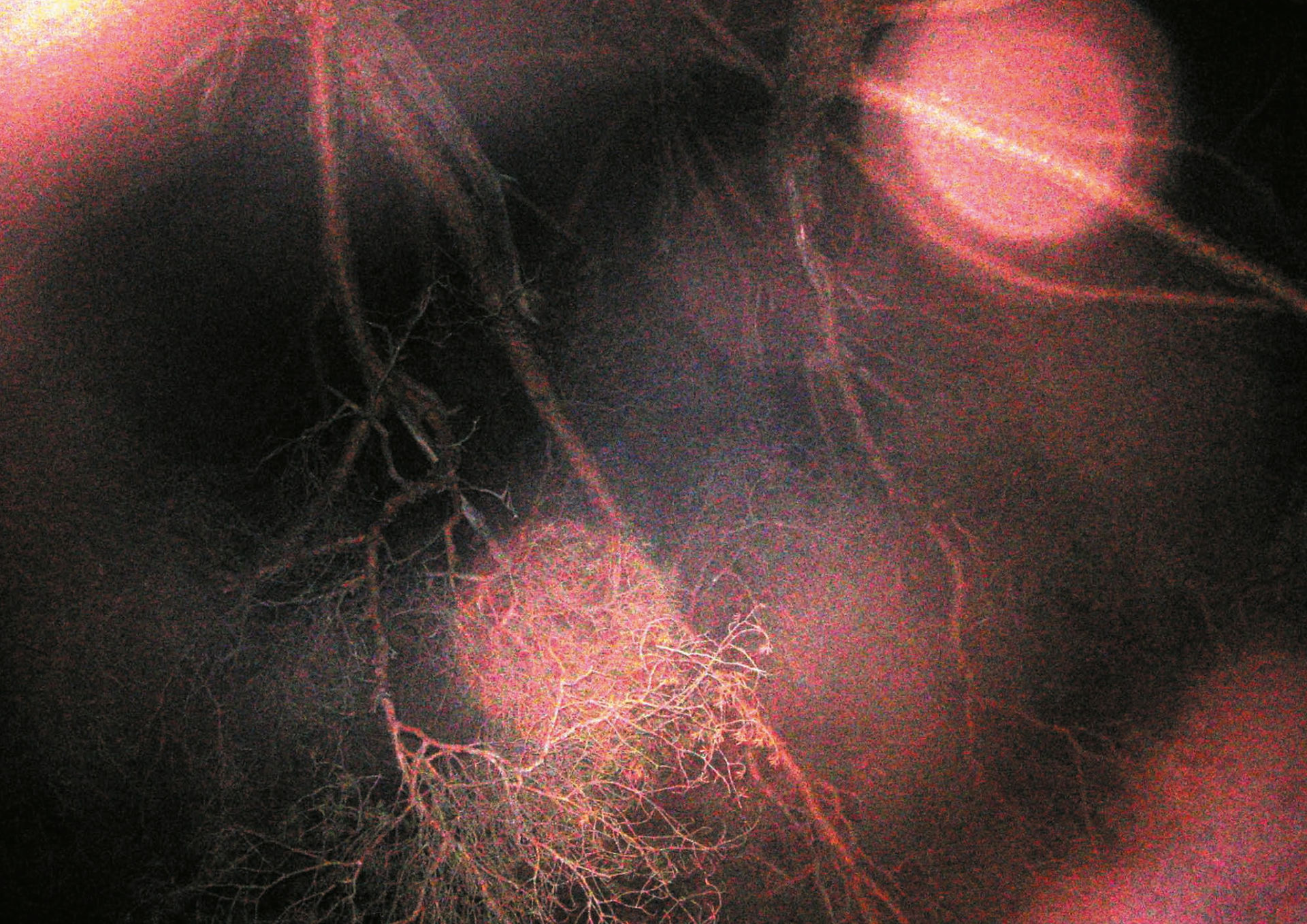
Why did the author make this book? Why did he bring us to this scary place? What to do with the painful terror brought by thoughts that all of this could have happened (or is now happening) in the house next door? Trying to find answers, you go back to the beginning and leaf through the book one more time — and it looks even more terrifying at second glance.
This book does not seem to be a therapy project aimed at healing a personal trauma — there were many such projects, and they don’t get remembered much. Rather, you need therapy after you read this book. Perhaps, the entire society needs it — something like this cannot be forgotten, cannot be cured. There are too many wounds and insanity around, too many innocent victims. How to digest this stream of information?
Perhaps the entire society needs therapy.
Turning the pages of this book, you can’t help but ask: why does a person need to know that? Should there only be optimistic music playing on the radio, shouldn’t the news be spreading the word about the achievements of workers at plants and great cultural values, like in the Soviet Union? No trauma, no feeling of guilt. Why would a regular person, a housewife, or even an intellectual need to know about such things?
Perhaps to look around with more attention: could something like this be happening behind the neighbor’s fence? However, being so attentive and careful is impossible, it will only lead to paranoia and insanity. You can hardly do anything with deviations and unbelievable cruelty — except sigh and turn the social fear into entertainment, a propaganda instrument, or, in this case, a collectible. Because unlike a browser window, a book is something that remains.
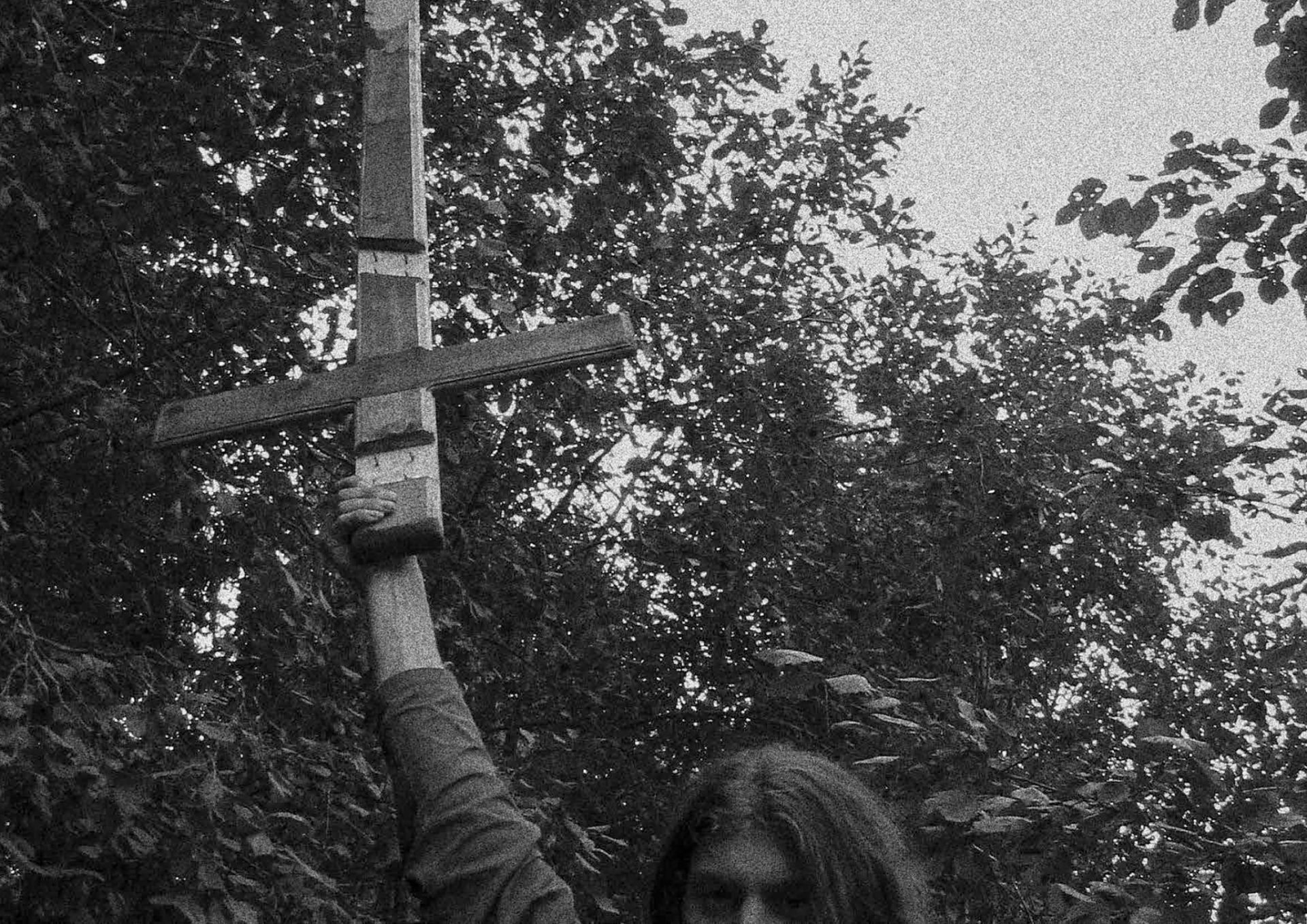
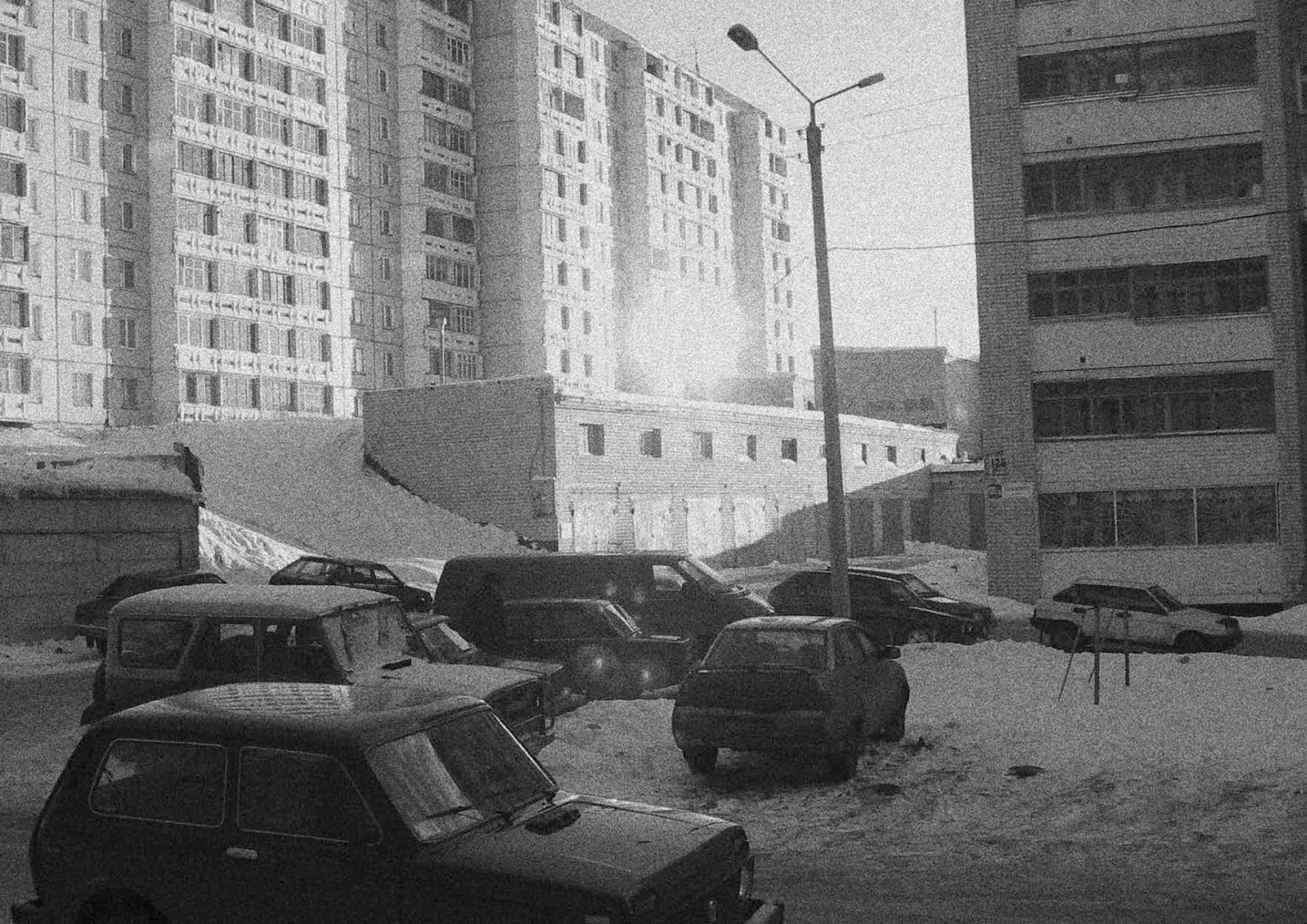
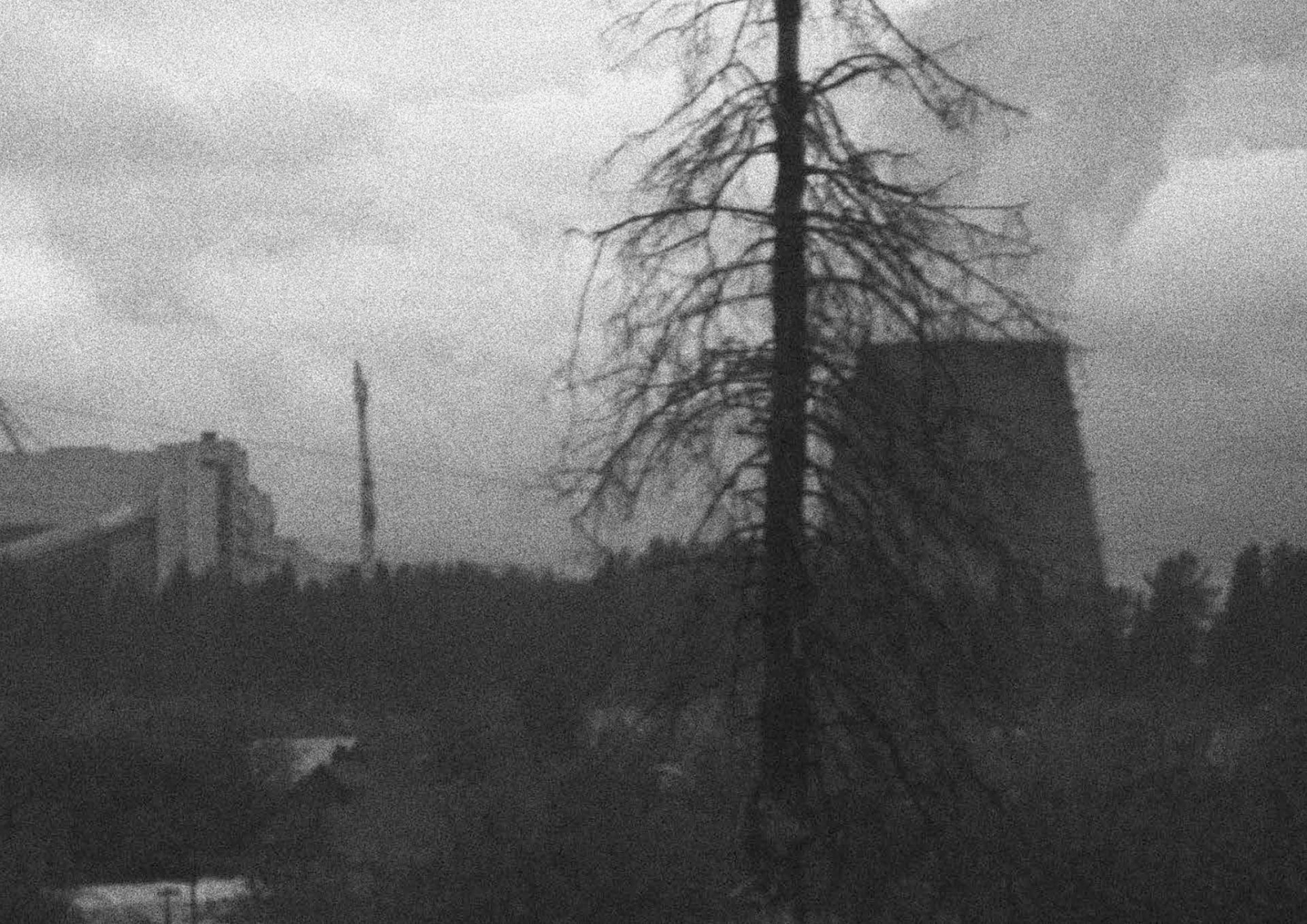
There are only 50 copies; no promotion, loud words, or multiple posts on social networks. The book is surrounded by the same feeling of sinister mystery that hasn’t been entirely unlocked, as the story of satanists itself. A reserved, but very ‘correct’ design emphasizes the similarity to dry objective documentation, characteristic for Western projects. You can only speak about such issues with medical or legal dryness, otherwise it turns into a yellow article.
The book distances us from the truth — we want to believe that it is just a stupid story that the author came up with because he was bored and illustrated with bad boring photographs. Let’s keep thinking that, and contradicting yourself, tremble with the desire to possess one of the 50 copies of this forbidden black notebook with classic Dutch design and the bad poem of an hysterical teenager on the penultimate page.
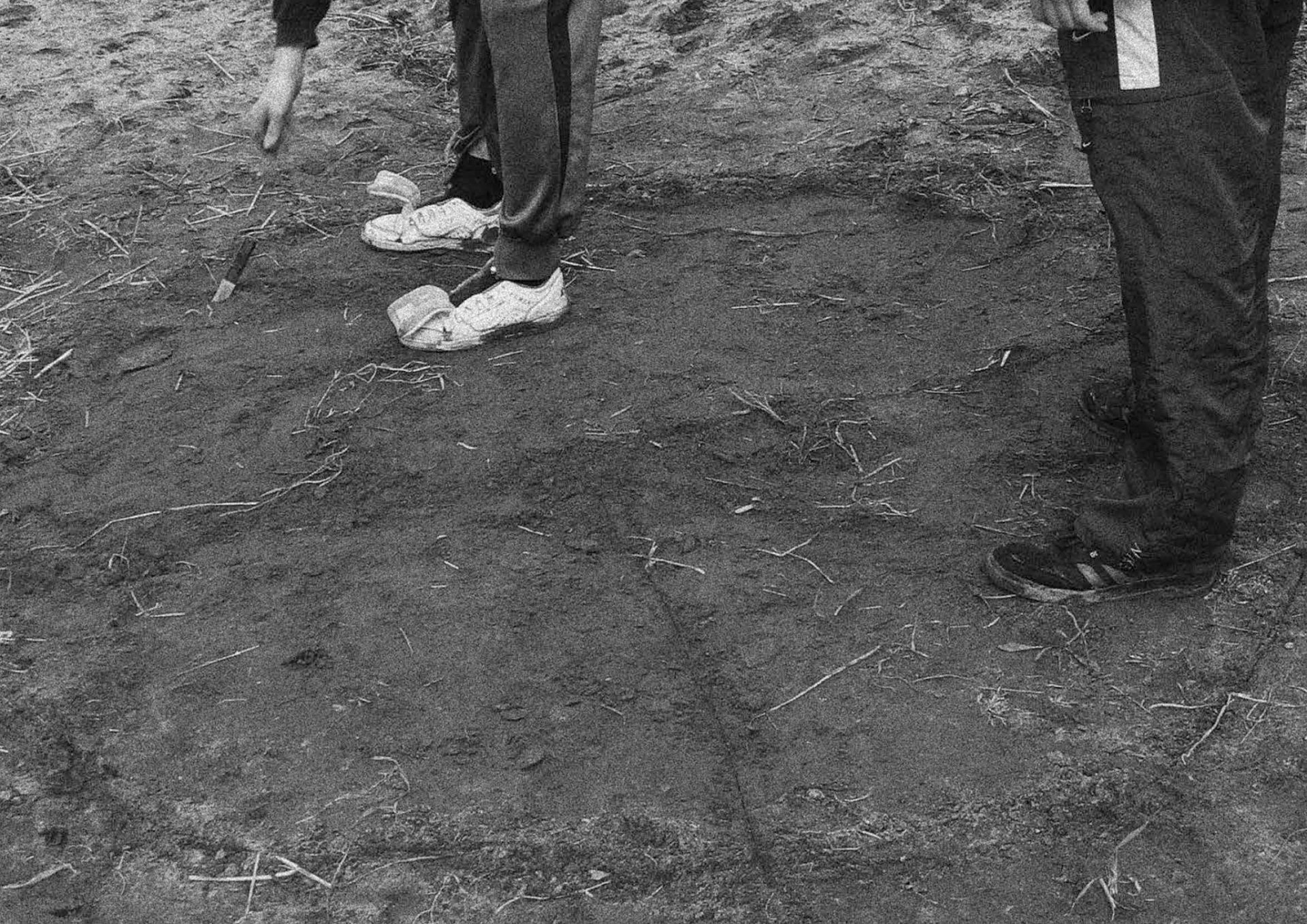
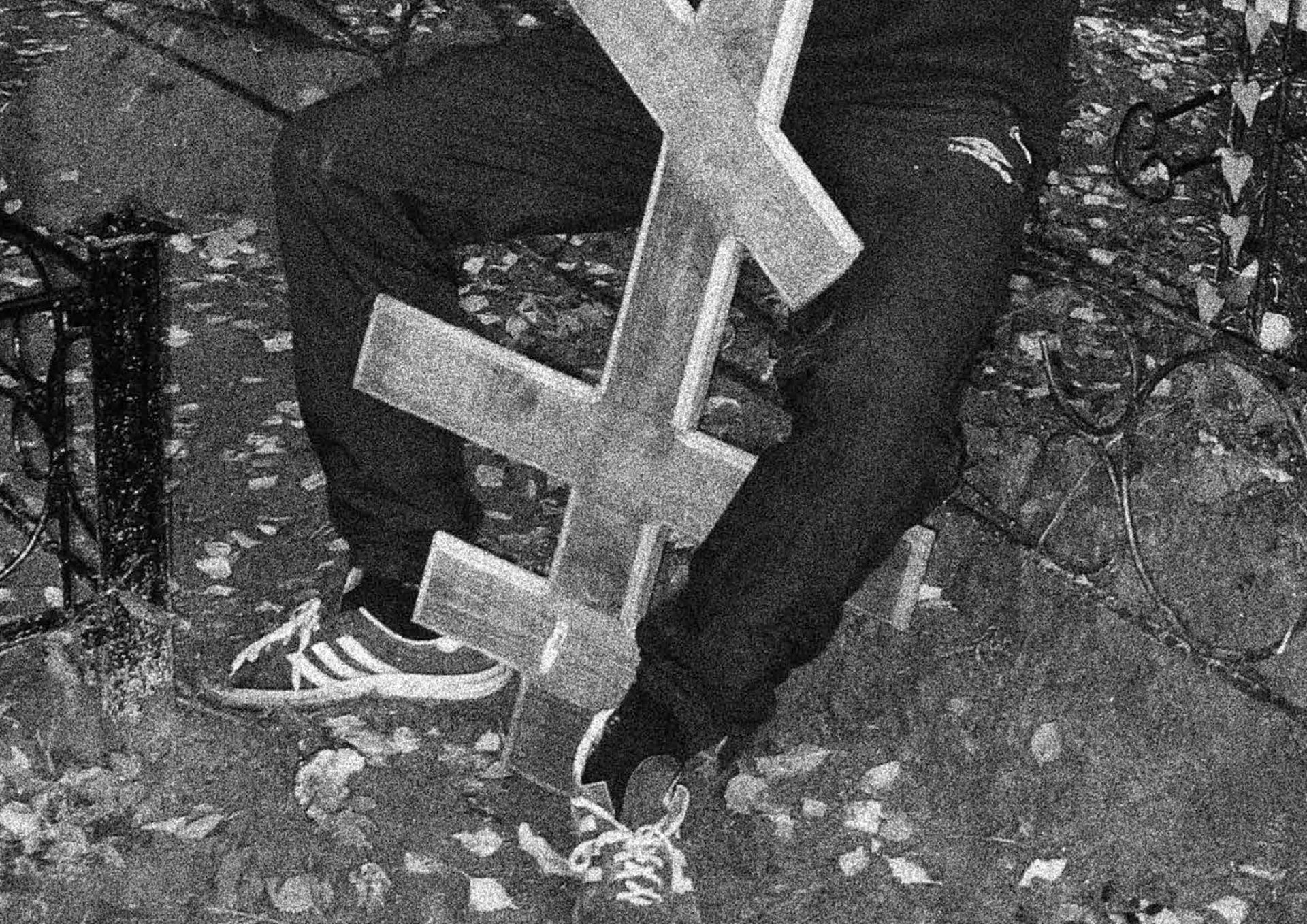
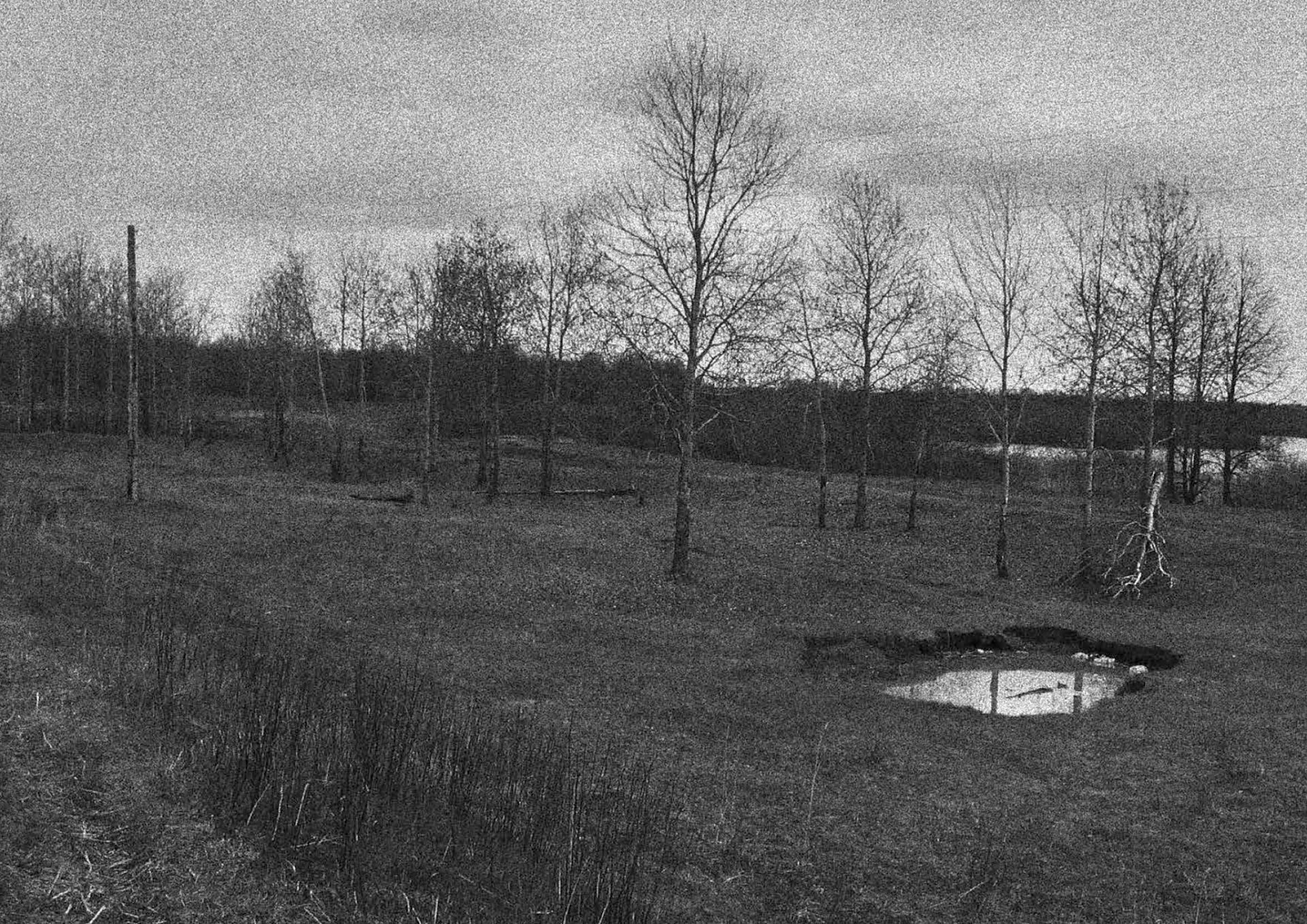
Black Notebook photo book was published in April 2019. Author of the idea, photographs and text — Vasiliy Kolotilov, design — Katia Sannikova.






